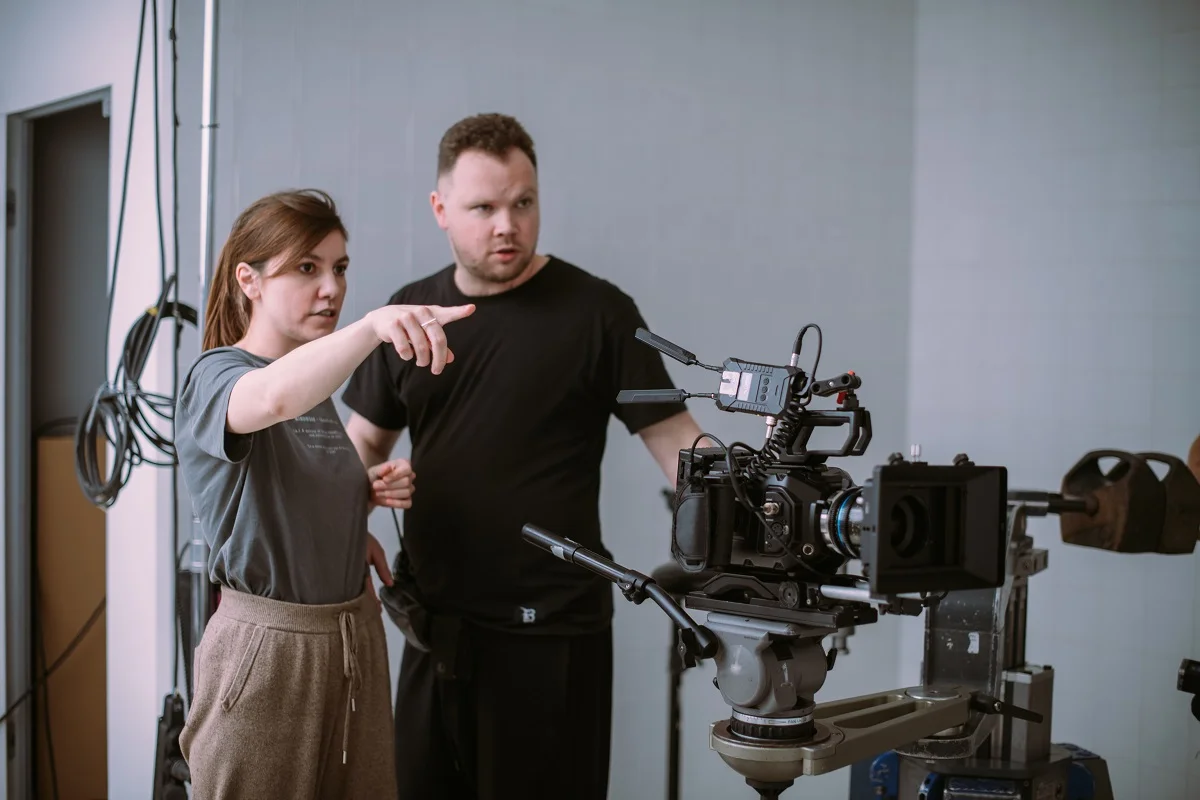Procedural modeling is a technique used in computer graphics to create complex 3D models through the use of algorithms and rules. Unlike traditional modeling methods that involve manual manipulation of vertices and polygons, procedural modeling allows artists to generate intricate designs parametrically.
In Houdini, procedural modeling is achieved through the node-based workflow, where artists connect different nodes to create and manipulate geometry.
One of the key advantages of procedural modeling is its non-destructive nature. Artists can easily go back and make changes to the model at any point in the workflow without affecting the overall design. This flexibility makes procedural modeling an efficient and powerful tool for creating a wide range of assets, from natural landscapes to intricate architectural structures.
Harnessing the Power of Houdini for Animation
In addition to modeling, Houdini is also a versatile tool for animation. Its procedural approach extends to animation workflows, allowing artists to create complex and realistic motion graphics with ease. Houdini’s node-based system enables artists to build sophisticated animation rigs, simulate physical dynamics, and craft stunning visual effects.
With Houdini’s robust set of tools for particle systems, cloth simulations, fluid dynamics, and more, artists can bring their creative visions to life in ways that were once thought impossible.
Career Paths in Procedural Modeling and Animation
The field of procedural modeling and animation offers a diverse range of career opportunities for talented individuals. Here are ten exciting jobs that professionals in this field can pursue:
- Senior Technical Artist: Responsible for developing tools and workflows for artists to enhance the production pipeline.
- Visual Effects Artist: Specializes in creating stunning visual effects for film, television, and video games.
- Motion Graphics Designer: Designs animated graphics for broadcast, advertising, and digital media.
- Character Animator: Focuses on bringing characters to life through expressive and realistic animations.
- Simulation Artist: Creates dynamic simulations of natural phenomena like fire, water, and smoke.
- Environment Artist: Designs and models immersive 3D environments for games and virtual reality experiences.
- Rigging Artist: Builds complex animation rigs to control the movement of characters and creatures.
- Technical Director: Oversees the technical aspects of animation projects, ensuring quality and efficiency.
- Compositing Artist: Integrates visual elements to create seamless final images for films and commercials.
- Houdini Developer: Works on developing plugins and tools to enhance Houdini’s functionality for artists.
Each of these roles requires a unique set of skills and expertise, making procedural modeling and animation a diverse and rewarding field to work in. Whether you’re passionate about creating stunning visual effects, crafting immersive environments, or bringing characters to life, there is a place for you in the world of procedural modeling and animation with Houdini.
Applications of Procedural Modeling and Animation
Procedural modeling and animation with Houdini find applications in various industries, including:
- Film and Television: Houdini is widely used in the film and television industry for creating visual effects, simulations, and animations.
- Video Games: Game developers leverage Houdini’s procedural tools to create dynamic environments, characters, and effects.
- Advertising: Procedural modeling and animation are used in creating engaging and eye-catching advertisements for products and services.
- Architectural Visualization: Houdini’s procedural capabilities are valuable for generating realistic architectural visualizations and walkthroughs.
- Virtual Reality and Augmented Reality: Procedural techniques are essential for creating immersive experiences in VR and AR applications.
The versatility of Houdini makes it a valuable tool for artists and designers across various creative industries, offering endless possibilities for innovation and artistic expression.
The Future of Procedural Modeling and Animation
As technology continues to advance, the demand for skilled professionals in procedural modeling and animation is expected to grow. With the rise of virtual production techniques and real-time rendering, artists who are proficient in Houdini and procedural workflows will be well-positioned to take on exciting and challenging projects in the industry.
With dedication, creativity, and a passion for pushing the boundaries of what’s possible, you can carve out a fulfilling and successful career in this dynamic field.
Key Takeaways:
- Procedural modeling and animation with Houdini offer a world of creative possibilities for aspiring professionals in the 3D animation industry.
- Understanding the power of procedural workflows in Houdini can unlock doors to diverse career paths, from visual effects artist to technical director.
- The non-destructive nature of procedural modeling allows for efficient and flexible creation of intricate designs, while Houdini’s animation tools empower artists to bring their visions to life with stunning visual effects and realistic animations.
- With applications ranging from film and television to video games and architectural visualization, the demand for skilled Houdini artists is on the rise.
- As technology advances, mastering Houdini and procedural techniques is a valuable investment in a rewarding career in the dynamic field of 3D animation.
Consider enhancing your skills and knowledge further by enrolling in the Yellowbrick online course “NYU Animation Industry Essentials”. This comprehensive program can provide you with the expertise and credentials needed to succeed in the competitive world of procedural modeling and animation with Houdini.








